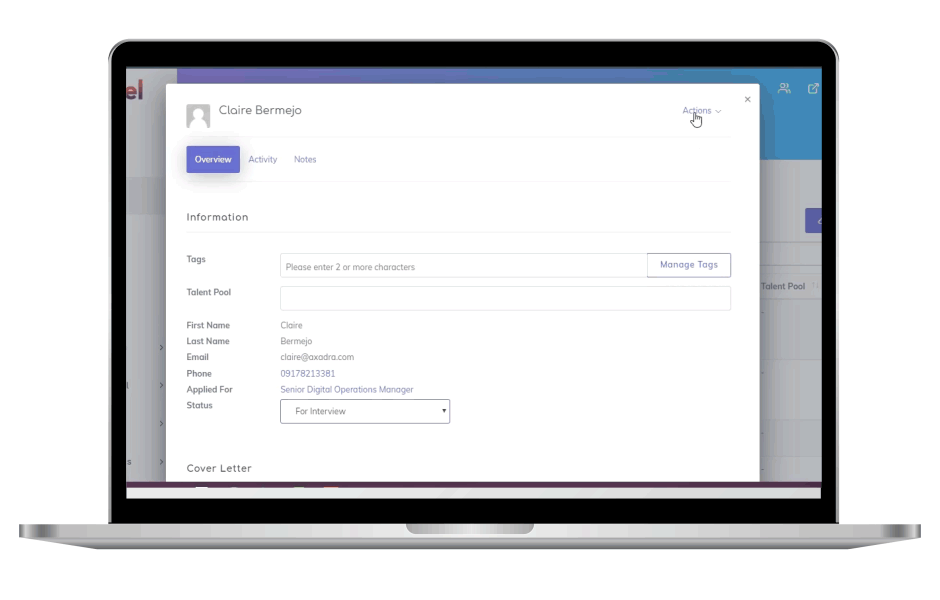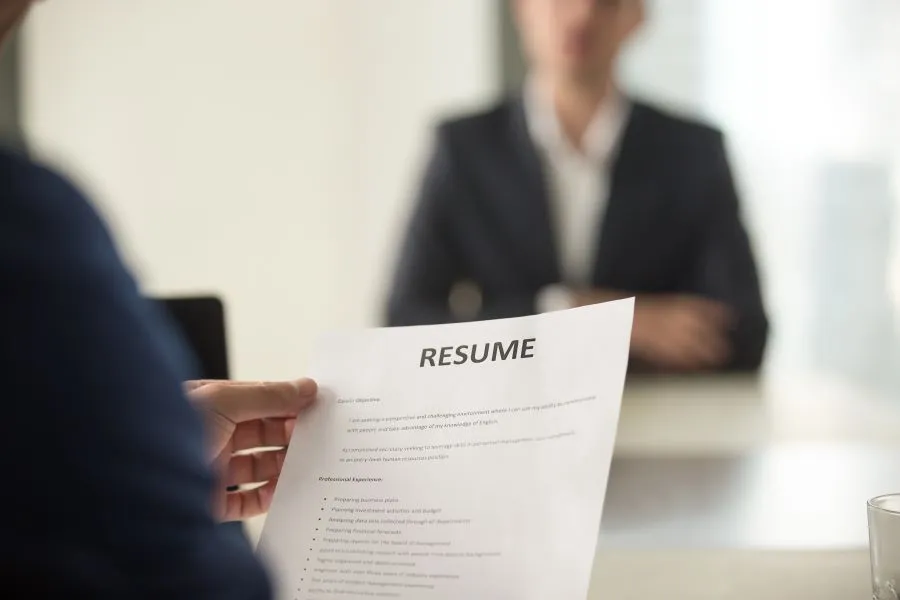Ageism is an unfortunate reality in many workplaces, where individuals are discriminated against based on their age. In this article, we will explore the concept of age discrimination in the workplace and delve into the various ways it manifests in recruitment and hiring processes. Moreover, we will shed light on the underlying causes of age bias and provide strategies on how to overcome ageism in the workplace.

What is Age Discrimination in the Workplace?
Age discrimination refers to the unfair treatment of employees or job applicants based on their age, whether they are considered too young or too old. This type of discrimination can occur at any stage and aspect of employment, including recruitment, hiring, promotions, training, compensation, and termination.
- Hiring: Employers may favor younger candidates over older ones, assuming that older individuals are less capable, less adaptable, or less likely to fit into the company culture despite evidence suggesting that experience can enhance problem-solving abilities and adaptability. Similarly, younger candidates may face discrimination due to assumptions of inexperience or lack of commitment.
- Promotions: Older employees may be overlooked for promotions, with employers assuming they lack the energy or skills necessary for advancement and are less technologically adept, even though many possess valuable skills and experience in this area. Younger employees may also face barriers to promotions due to assumptions of inexperience or a perception that they are not ready for increased responsibility. Employers may also worry that younger workers will frequently change jobs, leading to concerns about stability and commitment.
- Training and Development: Older workers may be denied training opportunities, limiting their ability to update their skills and adapt to new technologies. Younger workers may also face discrimination in terms of receiving less training due to assumptions that they will leave the company soon.
- Compensation: Older workers may experience wage disparities compared to their younger colleagues, even if they possess similar qualifications and perform at the same level. Employers may also assume that older candidates demand higher salaries due to their experience, disregarding their potential value and the fact that salary expectations vary across individuals. Similarly, younger employees may face lower pay due to assumptions of inexperience or lack of value.
- Termination and Retirement: Age discrimination can also occur because of the perception that older employees are more likely to retire soon or will be absent more frequently because of illness and physical limitations.
Age Discrimination in Recruitment and Hiring
Age discrimination in recruitment and hiring is a prevalent issue that affects both older and younger job seekers. It occurs when employers make biased decisions based on age, resulting in qualified candidates being overlooked or treated unfairly during the hiring process. Here are some key aspects of ageism in the hiring process:
- Biased Assumptions: Employers may hold stereotypes and assumptions about the abilities, skills, and characteristics of candidates based on their age. These biases can lead to the exclusion of qualified individuals from consideration.
- Job Advertisements: Age discrimination can begin with the language used in job portal development. Employers may use terms like “recent graduate” or “young and dynamic” to attract younger candidates, inadvertently excluding older individuals who possess relevant skills and experience.
- Screening and Shortlisting: During the initial stages of the hiring process, unconscious age bias can come into play. Recruiters and hiring managers may unconsciously favor candidates from a specific age group, overlooking the qualifications and potential of candidates who fall outside that range.
- Interview Bias: Age bias in hiring can manifest during interviews through subtle cues, questions, or assumptions made by interviewers. For example, asking older candidates about their retirement plans or assuming younger candidates lack experience can be forms of age discrimination.
- Skill and Experience Evaluation: Employers may prioritize years of experience over a candidate’s actual skills and qualifications, leading to the exclusion of younger candidates who may have relevant skills and potential. Similarly, older candidates may face skepticism regarding their ability to adapt to new technologies or learn new skills.
- Salary Expectations: Employers may assume that older candidates demand higher salaries due to their experience, leading to their exclusion from consideration. Conversely, younger candidates may face lower salary offers based on assumptions of inexperience.
- Lack of Diversity and Inclusion Efforts: Organizations that do not actively promote diversity and inclusion may inadvertently perpetuate age discrimination. By not considering candidates from different age groups, they miss out on the benefits of a diverse workforce, such as varied perspectives and experiences.
How to Overcome Ageism in the Workplace
Overcoming age bias in hiring and the workplace might seem like a challenging task. Although it would take quite a bit of adjustment to address this problem, training your recruitment team on how to combat ageism in the workplace will ultimately improve the quality of your workforce, bringing your business closer to success. Here are some ways of achieving it:
Promote Age Diversity: Employers should actively foster an inclusive work environment that celebrates age diversity. This can be achieved through policies, training programs, and awareness campaigns that encourage fair treatment for employees of all ages. Diverse recruitment also allows you to consider qualified candidates regardless of age and benefit from their skills, experience, and dedication.
Implement Blind Recruitment Practices: Blind hiring is an approach that allows recruiters to combat ageism during the hiring process. Anonymous resume writing screening and removing age-related identifiers from job applications can help mitigate unconscious bias during the initial selection process.
Focus on Skills and Experience: During interviews and candidate assessments, recruiters should prioritize evaluating candidates based on their skills, qualifications, and relevant experience rather than age-related assumptions.
Encourage Lifelong Learning: Employers should support professional development initiatives, training programs, and mentorship opportunities for employees of all ages. This helps combat the perception of older workers’ lack of adaptability and younger workers’ inexperience.
Create Intergenerational Teams: Encourage collaboration between employees of different age groups to foster mutual learning, knowledge sharing, and the appreciation of diverse perspectives.
Improve Candidate Quality by Battling Ageism
Ageism in the workplace remains a significant challenge that affects both older and younger candidates. By recognizing the causes and consequences of age discrimination in recruitment and hiring, employers can take proactive steps to overcome this issue and improve the quality of their employees.















